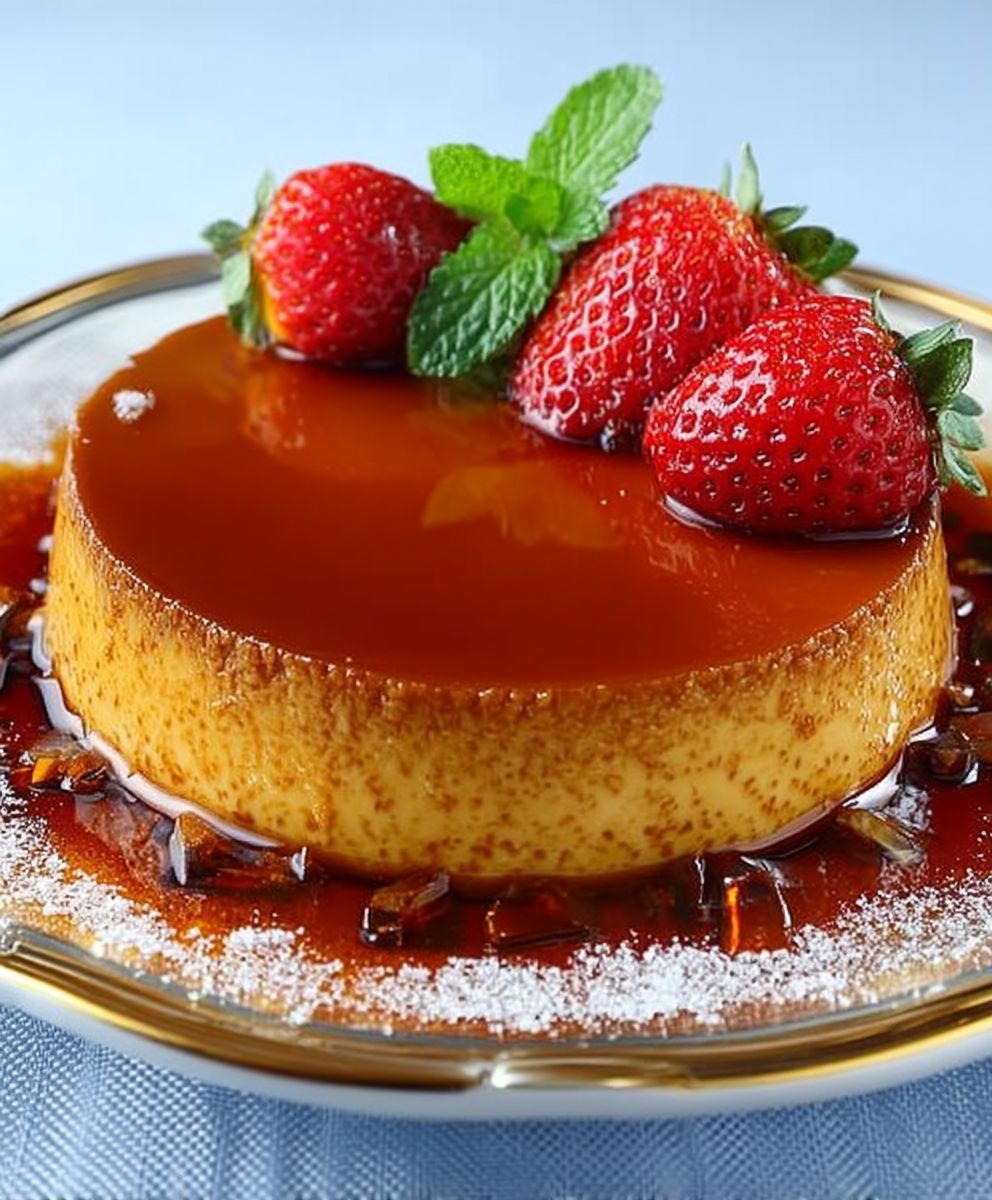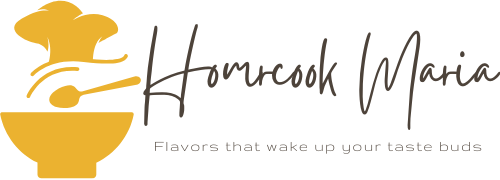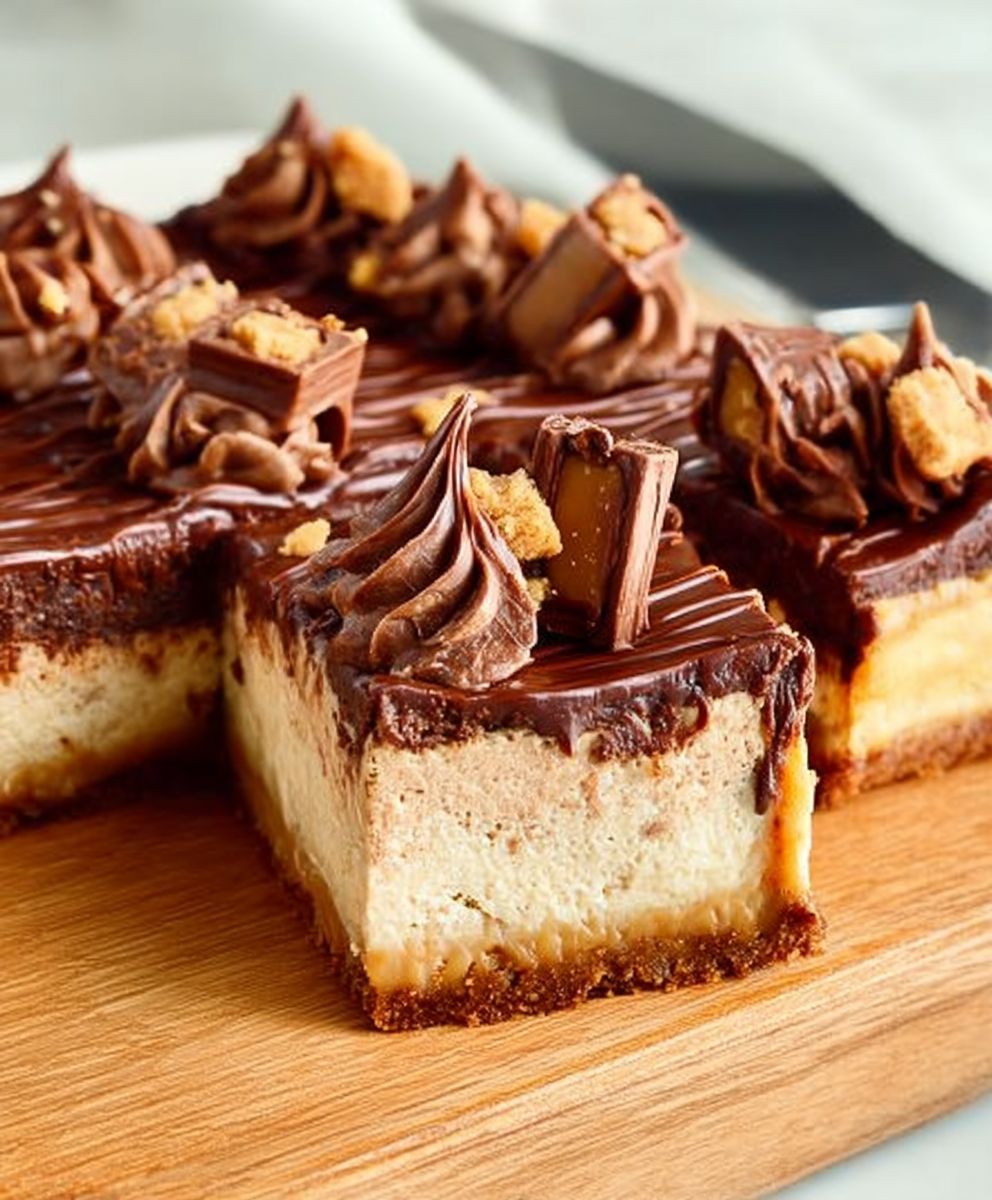Caramel Flan: Just the name conjures images of silky smooth custard, swimming in a pool of rich, amber caramel. Have you ever tasted a dessert so decadent, yet so surprisingly simple to make? I’m about to share my foolproof recipe for this classic treat, and trust me, you’ll be amazed at how easily you can create this restaurant-quality dessert in your own kitchen.
The history of flan is as rich and layered as the dessert itself. Believed to have originated in ancient Rome, flan traveled to Spain and then to Latin America, evolving along the way. Each culture has put its own unique spin on this creamy delight, but the essence remains the same: a baked custard with a luscious caramel topping. It’s a dessert that transcends borders and generations, a testament to its enduring appeal.
What is it about caramel flan that makes it so irresistible? Perhaps it’s the contrasting textures the velvety custard against the slightly crisp caramel. Or maybe it’s the perfect balance of sweet and subtly bitter notes. Whatever the reason, this dessert is a crowd-pleaser. It’s elegant enough for a special occasion, yet simple enough to whip up for a weeknight treat. Plus, it can be made ahead of time, making it the perfect stress-free dessert for any gathering. Let’s get started!
Ingredients:
- 1 cup granulated sugar, for caramel
- 1/4 cup water, for caramel
- 1 (12 ounce) can evaporated milk
- 1 (14 ounce) can sweetened condensed milk
- 5 large eggs
- 1 teaspoon vanilla extract
- Pinch of salt
Making the Caramel:
- First, we’re going to tackle the caramel. This is arguably the trickiest part, but don’t be intimidated! In a heavy-bottomed saucepan (stainless steel works best), combine the 1 cup of granulated sugar and 1/4 cup of water.
- Place the saucepan over medium heat. Now, this is important: DO NOT STIR! Resist the urge. Stirring can cause the sugar to crystallize, and we want a smooth, beautiful caramel.
- Let the mixture simmer and bubble. You’ll notice the sugar gradually starts to dissolve and the mixture will become clear.
- Continue cooking, watching closely. The sugar will begin to turn a light golden color around the edges.
- As the color deepens to a rich amber, carefully swirl the pan to ensure even caramelization. Again, avoid stirring with a utensil.
- Once the caramel reaches a deep amber color (think the color of a copper penny), immediately remove the pan from the heat. Be careful, as the caramel is extremely hot!
- Quickly pour the caramel into your flan mold or ramekins. If using a single mold, swirl the caramel around to coat the bottom evenly. If using ramekins, divide the caramel evenly among them. Work quickly, as the caramel will harden as it cools.
- Set the caramel-coated mold(s) aside to cool and harden while you prepare the flan custard.
Preparing the Flan Custard:
- Now for the easy part! In a large bowl, whisk together the evaporated milk, sweetened condensed milk, eggs, vanilla extract, and salt.
- Whisk until the mixture is smooth and well combined. Avoid over-whisking, as this can incorporate too much air into the custard, which can lead to a less smooth texture.
- If you notice any foam on the surface of the custard, gently skim it off with a spoon. This will also help ensure a smoother final product.
Baking the Flan:
- Preheat your oven to 350°F (175°C).
- Place the caramel-coated mold(s) into a larger baking pan.
- Carefully pour the flan custard into the mold(s), on top of the hardened caramel.
- Now, we need to create a water bath (bain-marie). This helps the flan cook gently and evenly, preventing it from curdling. Carefully pour hot water into the baking pan, around the mold(s), until the water reaches about halfway up the sides of the mold(s).
- Carefully transfer the baking pan with the flan and water bath to the preheated oven.
- Bake for approximately 50-60 minutes, or until the flan is set around the edges but still slightly jiggly in the center. The baking time will vary depending on the size of your mold(s).
- To check for doneness, gently shake the pan. The flan should be mostly set, with a slight wobble in the very center. You can also insert a knife into the center; it should come out mostly clean, with just a little bit of custard clinging to it.
- Once the flan is done, carefully remove the baking pan from the oven.
- Remove the flan mold(s) from the water bath and let them cool to room temperature.
- Once cooled, cover the mold(s) with plastic wrap and refrigerate for at least 4 hours, or preferably overnight. This allows the flan to fully set and the flavors to meld together.
Unmolding and Serving:
- When you’re ready to serve the flan, run a thin knife around the edge of the mold(s) to loosen the flan.
- Place a serving plate over the top of the mold.
- Holding the plate and mold firmly together, quickly invert them.
- Gently shake the mold to release the flan. The caramel should now be drizzling down the sides of the flan.
- If the flan doesn’t release easily, you can try warming the bottom of the mold briefly by dipping it in warm water for a few seconds.
- Carefully lift the mold away from the flan.
- Serve the flan chilled and enjoy! The caramel sauce will pool around the base of the flan, creating a delicious and beautiful presentation.
Tips for Success:
- Don’t overcook the caramel. Overcooked caramel will taste bitter. Aim for a deep amber color.
- Use a heavy-bottomed saucepan for the caramel. This will help prevent the sugar from burning.
- Don’t stir the sugar while it’s caramelizing. This can cause it to crystallize.
- Use a water bath. This is essential for preventing the flan from curdling and ensuring a smooth, creamy texture.
- Don’t overbake the flan. It should be set around the edges but still slightly jiggly in the center.
- Refrigerate the flan for at least 4 hours. This allows it to fully set and the flavors to meld together.
- If the flan doesn’t release easily, try warming the bottom of the mold briefly.
Variations:
- Coffee Flan: Add 1-2 tablespoons of instant coffee granules to the custard mixture.
- Chocolate Flan: Add 2-3 tablespoons of unsweetened cocoa powder to the custard mixture.
- Coconut Flan: Substitute coconut milk for some of the evaporated milk.
- Orange Flan: Add the zest of one orange to the custard mixture.
Troubleshooting:
- My caramel crystallized: This usually happens when the sugar is stirred during caramelization. Unfortunately, there’s not much you can do to fix it once it’s crystallized. Start over with fresh sugar and water, and remember not to stir!
- My flan is curdled: This usually happens when the flan is overcooked or not baked in a water bath. Make sure to use a water bath and check the flan for doneness regularly.
- My flan is too dense: This can happen if the custard is over-whisked, incorporating too much air. Whisk the custard gently until just combined.
- My flan didn’t release from the mold: Try running a thin knife around the edge of the mold and warming the bottom briefly.

Conclusion:
This isn’t just another dessert recipe; it’s an invitation to experience the pure joy of Caramel Flan. The silky smooth custard, the rich caramel sauce it’s a symphony of textures and flavors that will leave you wanting more. I truly believe this recipe is a must-try for anyone who appreciates a classic dessert done right. It’s elegant enough for a special occasion, yet simple enough to whip up on a weeknight when you’re craving something sweet and comforting.
But why is this particular Caramel Flan recipe so special? It’s all about the balance. The custard isn’t overly sweet, allowing the caramel to truly shine. And the caramel itself? We’ve perfected the technique to ensure it’s deeply flavorful without being bitter. It’s a labor of love, yes, but the results are undeniably worth it. Trust me, once you’ve tasted homemade flan, you’ll never go back to the store-bought version.
Now, let’s talk about serving suggestions and variations. While this Caramel Flan is absolutely divine on its own, there are plenty of ways to customize it to your liking. For a touch of elegance, garnish each slice with a few fresh berries like raspberries or strawberries. The tartness of the berries complements the sweetness of the flan beautifully. You could also add a dollop of whipped cream or a sprinkle of toasted almonds for added texture and flavor.
Feeling adventurous? Try infusing the custard with different flavors. A splash of vanilla extract is a classic choice, but you could also experiment with a hint of cinnamon, nutmeg, or even a touch of citrus zest. For a more decadent treat, consider adding a layer of chocolate ganache to the bottom of the ramekins before pouring in the custard. The possibilities are endless!
Another fun variation is to make individual Caramel Flans in ramekins instead of one large flan. This makes for a beautiful presentation and allows you to easily control portion sizes. Just be sure to adjust the baking time accordingly, as the smaller flans will cook faster.
No matter how you choose to serve it, this Caramel Flan is guaranteed to be a crowd-pleaser. It’s the perfect ending to any meal, and it’s sure to impress your friends and family.
So, what are you waiting for? Gather your ingredients, preheat your oven, and get ready to embark on a culinary adventure. I promise you won’t regret it. And once you’ve made this incredible Caramel Flan, I’d love to hear about your experience! Share your photos and comments on social media using [Your Hashtag Here] or leave a review on the recipe page. I’m always eager to see your creations and hear your feedback. Happy baking! I’m confident that you will love this recipe as much as I do. Don’t be intimidated by the caramel; with a little patience, you’ll master it in no time. And remember, even if your first attempt isn’t perfect, it will still be delicious! So go ahead, give it a try. You might just discover your new favorite dessert.
Caramel Flan: The Ultimate Guide to Making Perfect Flan
Classic creamy flan with a rich caramel topping, baked in a water bath for a smooth, decadent dessert.
Ingredients
- 1 cup granulated sugar, for caramel
- 1/4 cup water, for caramel
- 1 (12 ounce) can evaporated milk
- 1 (14 ounce) can sweetened condensed milk
- 5 large eggs
- 1 teaspoon vanilla extract
- Pinch of salt
Instructions
- In a heavy-bottomed saucepan (stainless steel works best), combine the 1 cup of granulated sugar and 1/4 cup of water.
- Place the saucepan over medium heat. DO NOT STIR!
- Let the mixture simmer and bubble. The sugar will gradually dissolve and the mixture will become clear.
- Continue cooking, watching closely. The sugar will begin to turn a light golden color around the edges.
- As the color deepens to a rich amber, carefully swirl the pan to ensure even caramelization. Avoid stirring with a utensil.
- Once the caramel reaches a deep amber color (think the color of a copper penny), immediately remove the pan from the heat. Be careful, as the caramel is extremely hot!
- Quickly pour the caramel into your flan mold or ramekins. If using a single mold, swirl the caramel around to coat the bottom evenly. If using ramekins, divide the caramel evenly among them. Work quickly, as the caramel will harden as it cools.
- Set the caramel-coated mold(s) aside to cool and harden while you prepare the flan custard.
- In a large bowl, whisk together the evaporated milk, sweetened condensed milk, eggs, vanilla extract, and salt.
- Whisk until the mixture is smooth and well combined. Avoid over-whisking, as this can incorporate too much air into the custard, which can lead to a less smooth texture.
- If you notice any foam on the surface of the custard, gently skim it off with a spoon. This will also help ensure a smoother final product.
- Preheat your oven to 350°F (175°C).
- Place the caramel-coated mold(s) into a larger baking pan.
- Carefully pour the flan custard into the mold(s), on top of the hardened caramel.
- Now, we need to create a water bath (bain-marie). This helps the flan cook gently and evenly, preventing it from curdling. Carefully pour hot water into the baking pan, around the mold(s), until the water reaches about halfway up the sides of the mold(s).
- Carefully transfer the baking pan with the flan and water bath to the preheated oven.
- Bake for approximately 50-60 minutes, or until the flan is set around the edges but still slightly jiggly in the center. The baking time will vary depending on the size of your mold(s).
- To check for doneness, gently shake the pan. The flan should be mostly set, with a slight wobble in the very center. You can also insert a knife into the center; it should come out mostly clean, with just a little bit of custard clinging to it.
- Once the flan is done, carefully remove the baking pan from the oven.
- Remove the flan mold(s) from the water bath and let them cool to room temperature.
- Once cooled, cover the mold(s) with plastic wrap and refrigerate for at least 4 hours, or preferably overnight. This allows the flan to fully set and the flavors to meld together.
- When you’re ready to serve the flan, run a thin knife around the edge of the mold(s) to loosen the flan.
- Place a serving plate over the top of the mold.
- Holding the plate and mold firmly together, quickly invert them.
- Gently shake the mold to release the flan. The caramel should now be drizzling down the sides of the flan.
- If the flan doesn’t release easily, you can try warming the bottom of the mold briefly by dipping it in warm water for a few seconds.
- Carefully lift the mold away from the flan.
- Serve the flan chilled and enjoy! The caramel sauce will pool around the base of the flan, creating a delicious and beautiful presentation.
Notes
- Don’t overcook the caramel. Overcooked caramel will taste bitter. Aim for a deep amber color.
- Use a heavy-bottomed saucepan for the caramel. This will help prevent the sugar from burning.
- Don’t stir the sugar while it’s caramelizing. This can cause it to crystallize.
- Use a water bath. This is essential for preventing the flan from curdling and ensuring a smooth, creamy texture.
- Don’t overbake the flan. It should be set around the edges but still slightly jiggly in the center.
- Refrigerate the flan for at least 4 hours. This allows it to fully set and the flavors to meld together.
- If the flan doesn’t release easily, try warming the bottom of the mold briefly.

